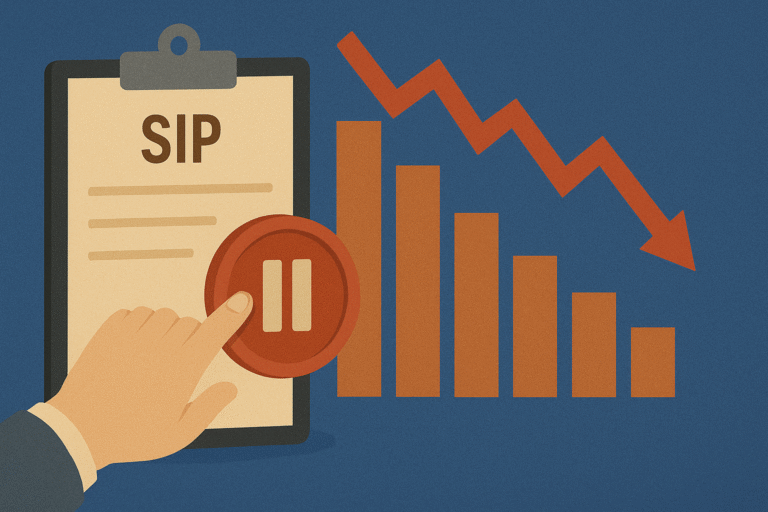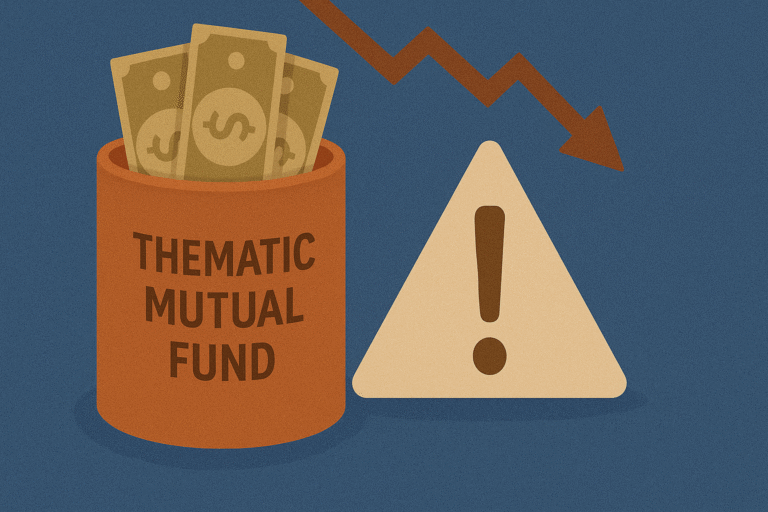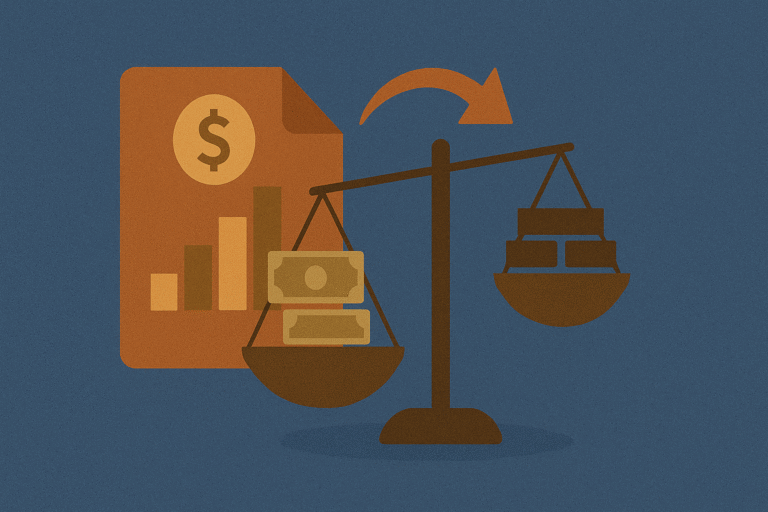Planning to Pause Your SIP During a Market Crash? Think Again!
Updated on: [Current Date] | Reading Time: 5 Minutes
Systematic Investment Plans (SIPs) have become a cornerstone for long-term wealth creation, offering a disciplined and consistent investment approach. Yet, whenever market volatility strikes, many investors are tempted to halt their SIP contributions — a decision that could undermine their financial goals.
Recent data from the Association of Mutual Funds in India (AMFI) reveals an alarming surge in SIP discontinuations, with the SIP stoppage ratio hitting 109% in January 2025. This figure indicates that for every 100 new SIPs started, 109 were discontinued, a sign that fear-driven decisions are steering investors off course.
Before you decide to pause your SIP, here’s why staying invested is a smarter strategy, even during turbulent markets.
Understanding Investor Psychology
Successful investing is as much about discipline and patience as it is about generating returns. Yet, many investors let emotions dictate their financial moves, often reacting impulsively to short-term market downturns.
A frequent mistake is the tendency to chase performance — discontinuing SIPs in funds that have underperformed recently and diverting investments to “hot” funds showing recent gains. However, such reactive behavior often disrupts the power of compounding and jeopardizes long-term wealth creation.
Data from SEBI highlights that 97% of investors redeem their mutual fund investments within three to five years, often missing out on the exponential gains that come with long-term investing.
Recent SIP Trends: Rising Stoppage Ratios
Let’s take a closer look at recent SIP data (in lakh):
| Month | New SIPs Registered | SIPs Discontinued | SIP Stoppage Ratio (%) |
|---|---|---|---|
| April 2024 | 63.65 | 33.25 | 52.24 |
| May 2024 | 49.74 | 43.96 | 88.38 |
| June 2024 | 55.13 | 32.35 | 58.68 |
| July 2024 | 72.62 | 37.33 | 51.40 |
| August 2024 | 63.94 | 36.54 | 57.14 |
| September 2024 | 66.39 | 40.31 | 60.72 |
| October 2024 | 63.70 | 38.80 | 60.91 |
| November 2024 | 49.47 | 39.14 | 79.12 |
| December 2024 | 54.27 | 44.90 | 82.73 |
| January 2025 | 56.19 | 61.33 | 109.15 |
(Source: AMFI)
Over the past ten months, the SIP stoppage ratio has consistently remained above 50%, indicating that more investors are pulling out during periods of heightened market volatility.
Why Stopping Your SIP is a Mistake
While it may seem prudent to stop investing during a downturn, pausing your SIP could be a costly error. Here’s why:
1. Markets Are Cyclical
Market downturns are temporary. Bear markets are inevitably followed by bull markets. By halting your SIP during a market crash, you risk missing the recovery phase when asset prices rebound, often resulting in missed opportunities for higher returns.
2. Power of Rupee Cost Averaging
Conversely, when markets are high, you buy fewer units. Over time, this strategy reduces the average cost per unit, smoothing out volatility and maximizing long-term gains.
3. Long-Term Wealth Creation
SIPs are designed for long-term wealth building, not short-term speculation. Compounding works best when you stay invested over extended periods. Regular investing, regardless of market conditions, ensures you remain committed to your financial goals.
What Should You Do Instead of Stopping SIPs?
Rather than stopping your SIPs in times of uncertainty, consider the following strategies:
-
Review, Don’t React: Periodically review your portfolio with the help of a financial advisor to ensure your investments align with your objectives.
-
Rebalance Smartly: If necessary, rebalance your portfolio instead of exiting entirely.
-
Use Market Corrections: View market dips as opportunities to accumulate more units at lower prices.
Seeking professional guidance can provide clarity and help you stay the course during volatile times.
Final Thoughts: Patience Pays
Market volatility is inevitable, but abandoning your SIP during downturns can be detrimental to your wealth-building journey. Staying invested, leveraging rupee cost averaging, and maintaining a long-term perspective are key to successful investing.
If you’re feeling uncertain about your investment strategy, consider speaking with a qualified financial advisor. They can help you make informed decisions and navigate through market cycles with confidence.




